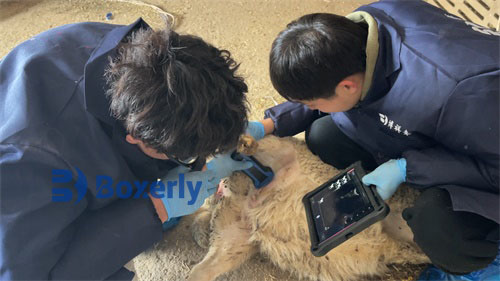When cows are fertilized, the quantity and quality of sperm in the frozen semen of bulls directly affect the fertility rate. Therefore, quality identification is necessary after sperm collection, freezing, and thawing. At present, the quality assessment projects mainly include thawed sperm motility, acrosome integrity rate, malformed sperm rate, and thawed sperm survival time.
The presence of bacteria in semen can alter its physical and chemical properties, such as pH value and osmotic pressure. Bacteria can also infect the female reproductive tract by producing oxygen free radicals or directly damaging sperm, thereby reducing the conception rate. If such semen is used for insemination, it can be measured by animal B-ultrasound, which can increase the empty pregnancy rate of cows and detect a high probability of uterine infection. Therefore, the number of bacteria in semen is also an important indicator for quality testing. The survival time of thawed sperm refers to the total survival time of thawed sperm in vitro under certain conditions. Sperm survive differently in different temperature environments, with shorter survival times at higher temperatures.
The frozen abnormal sperm rate refers to the proportion of sperm with abnormal morphology and structure in the total sperm count. There are many types of sperm abnormalities, which can be roughly divided into head abnormalities, neck abnormalities, mid segment abnormalities, and tail main segment abnormalities. In the study of human sperm, as the abnormality rate of sperm increases, the possibility of natural conception decreases, and the time of first pregnancy prolongs; When the abnormality rate of semen is too high, the use of animal B-ultrasound examination after mating can also result in a high empty pregnancy rate.








